I’ve worked in both hardware and software companies over the years, and both are interesting and challenging, but there there is something special about making something you can hold in your hand, and that people will see on store shelves (even if virtual). One of the amazing things that crowdfunding sites have enabled is hardware products to come out faster and from smaller companies than was possible in the past.
I should add that almost all great hardware companies have great software behind them. Certainly with any electronic product, there is software controlling it. Sure, not all hardware needs software – my friend’s Grape Ninja product which became the OXO Tomato & Grape Cutter – doesn’t need software to operate. It did benefit from crowdfunding as part its marketing campaign, however, before moving to OXO.
I’ve touched on this, particularly in Crowdfunding hardware and Sous Vide cooking, and earlier in discussing A few interesting keyboards, nearly in existence…, and I think this trend towards individuals and small teams coming out with more innovative hardware faster is only going to accelerate as more and more successful products come to market.
In A few interesting keyboards, nearly in existence… I mentioned Keyboardio, a company started by an inventor who just wanted a better keyboard. At the time the inventor had just joined an incubator focused on hardware products. The fact that such an incubator exists is, I believe, also due to the ability of these companies to raised funds through crowdfunding. Betting on many small teams to be able to make it to large-scale manufacturing before crowdfunding was an option, would have been a much bigger bet for an incubator.
In that earlier post, the prototype for Keyboardio’s keyboard looked like this:
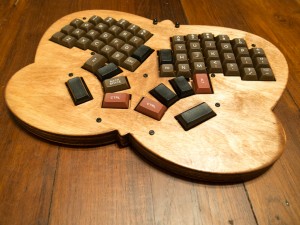
The incubator that Keyboardio joined, Highway1, recently held a demo day for its companies where after several months in the incubator a new version of the keyboard was shown:
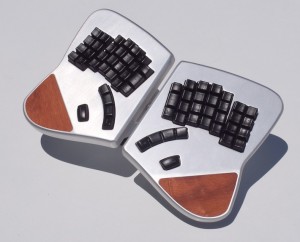
Besides the aluminum construction, the keyboard is split and adjustable. In perhaps an homage to the earlier prototypes, the wrist rests are still made from real wood. The keyboard is hackable – it is Arduino-compatible and comes with a screwdriver so you can open it up and modify the hardware. Interesting in the Keyboardio keyboard? If so, sign up on their web site to get updates. I expect a crowdfunding campaign soon.
Signe Brewster at GigaOM did a nice write-up of Highway1’s recent demo day, highlighting each of the hardware startups that presented along with Keyboardio. Other products included a camera you can stick to a wall to allow easier and better selfies and group photos (I can’t call them groupies, I’m sorry), electronic textiles, connected sports bras, robotic kits, and connected blocks. As a foodie (perhaps you figured that out from my crowdfunding post that focused on Sous Vide cooking devices), the most interesting after Keyboardio to me was the PalateHome Precision Grill which cooks your food algorithmically, based on type of food and how well (as in well done, not as in a measurement of quality) you want it cooked. Sous Vide might make perfectly-cooked meat, but it takes a long time and something is definitely lost when direct contact with the heat is removed from the process. I’ll be keeping an eye on PalateHome, although I’m not sure it will be available outside the US anytime soon.
In the old days, you couldn’t start a hardware company without knowing you’d be able to raise the money to do a first manufacturing run. In today’s world, with 3D printers to help prototype faster and cheaper, and crowdfunding to help get pre-payment for products, a lot of ideas which once stayed in people’s heads or at most sketches in a notebook, are now coming into existence. It’s an exciting time for hardware startups, and I think we’re going to see a lot of innovative hardware products released that would never made made it to market in the past.
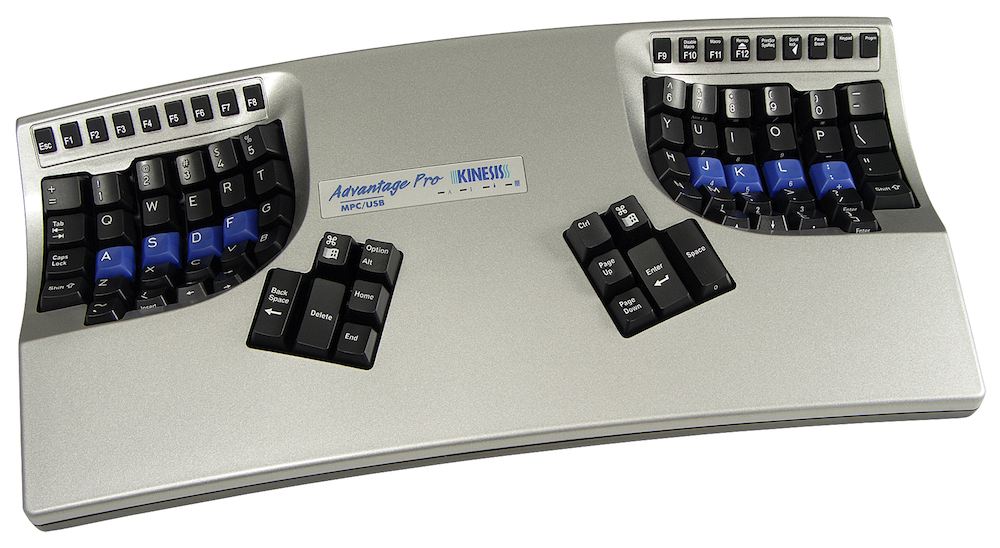
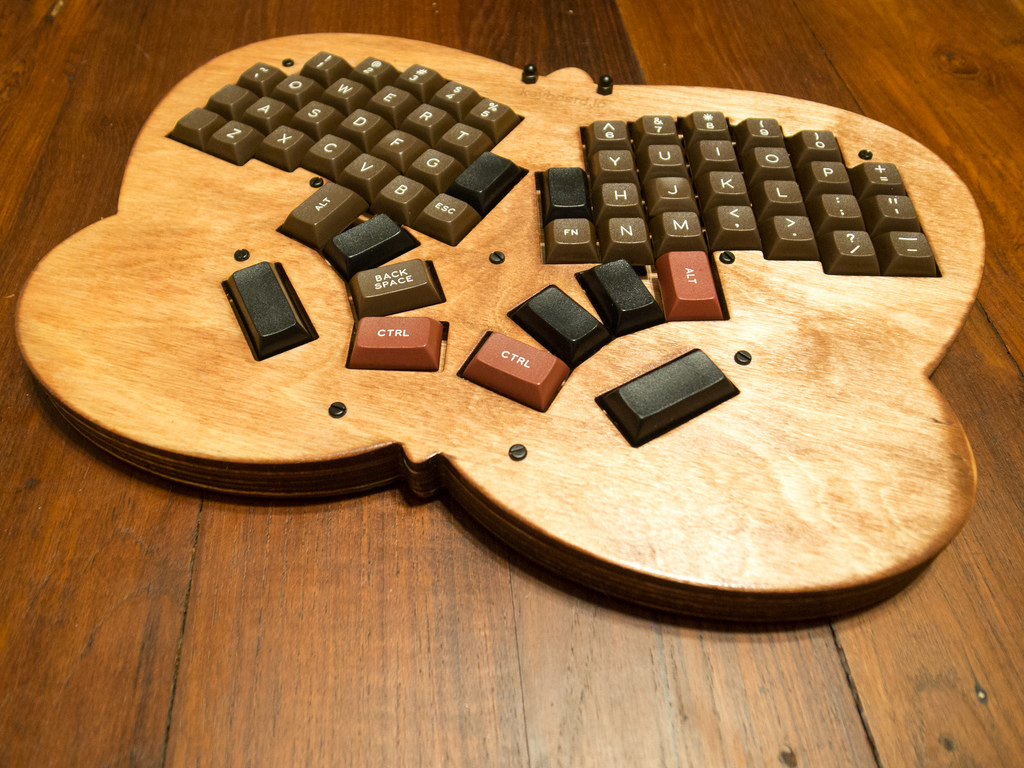
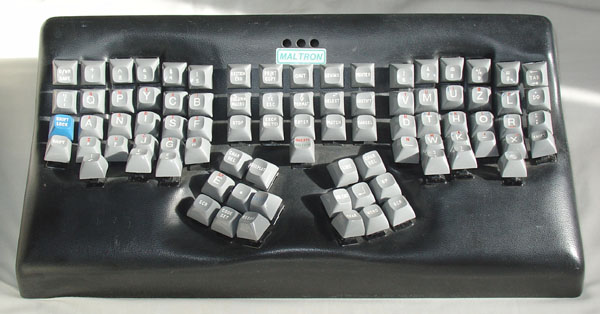
Pingback: Three delayed keyboards - off on a tangent